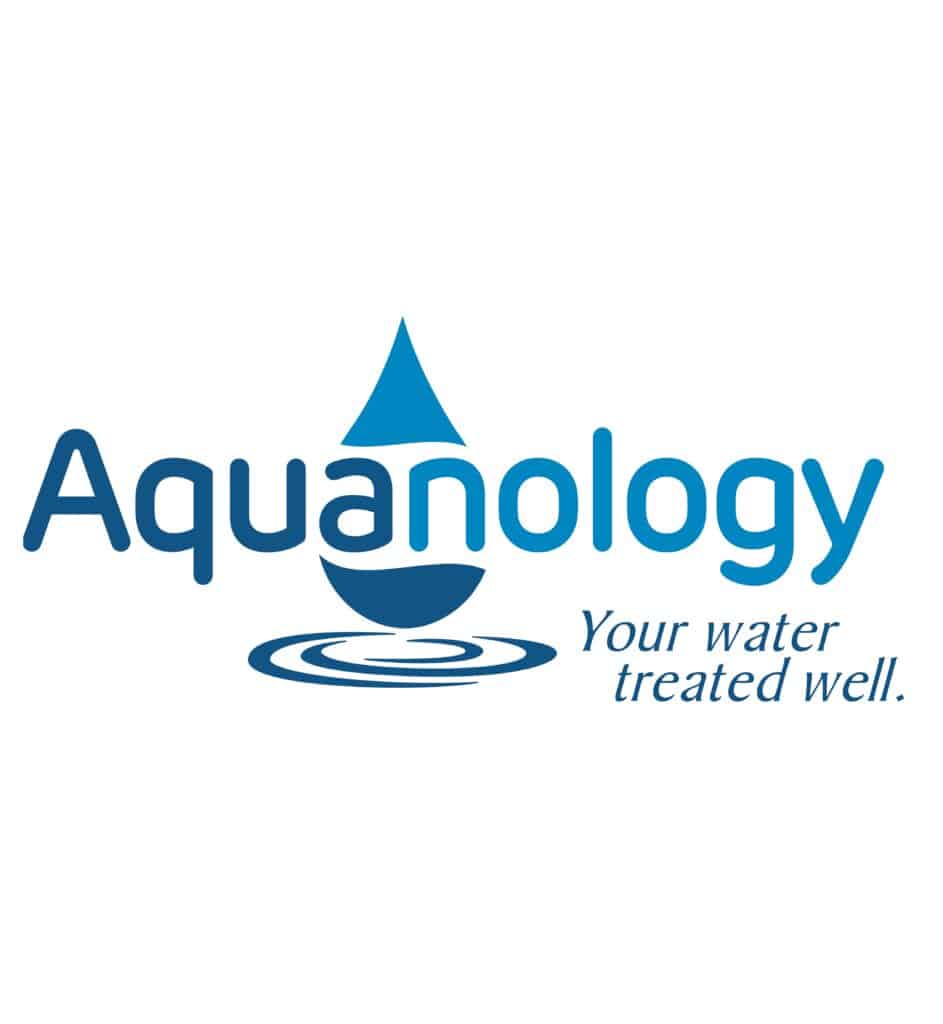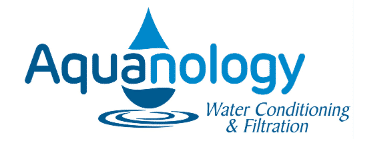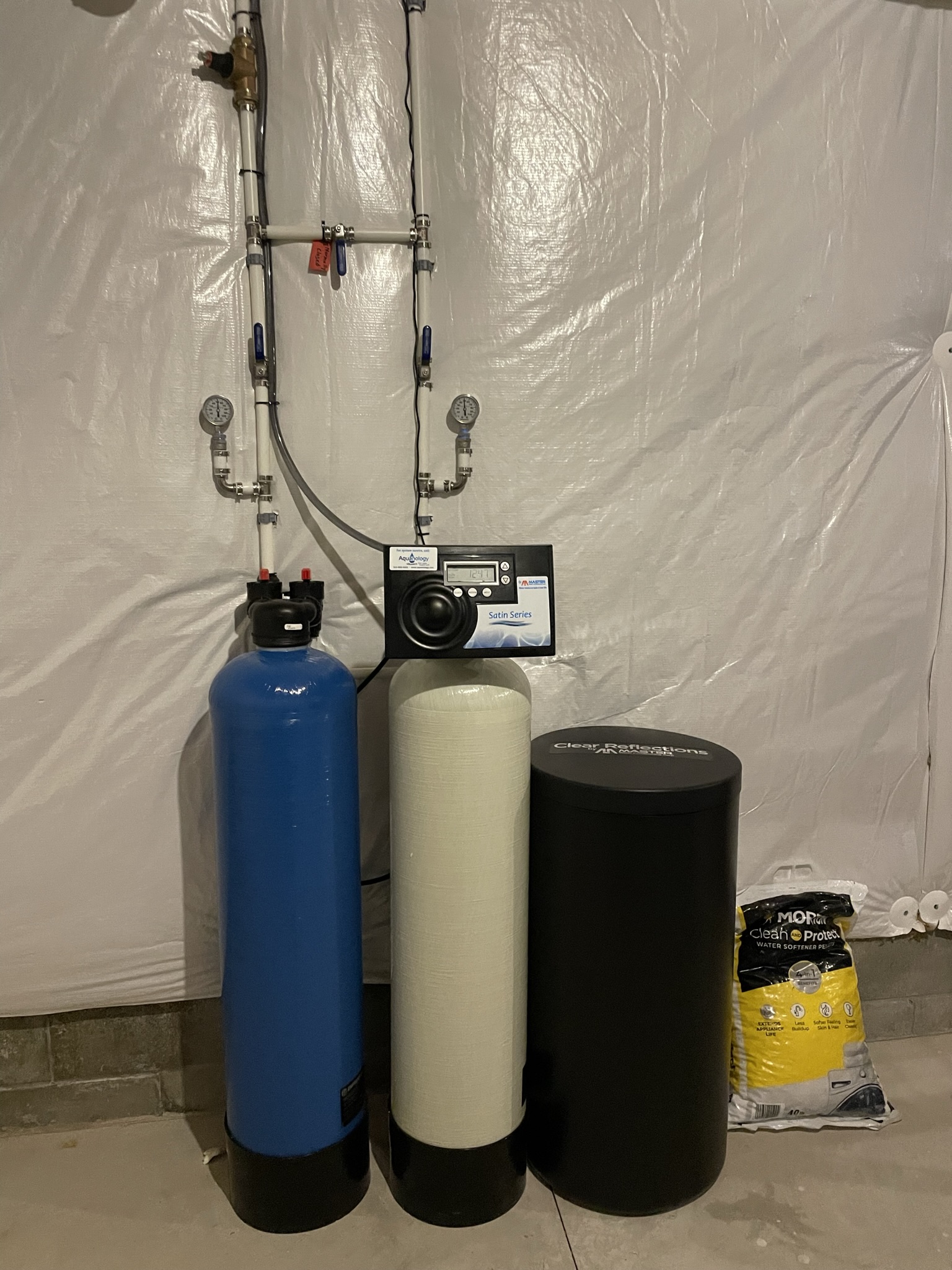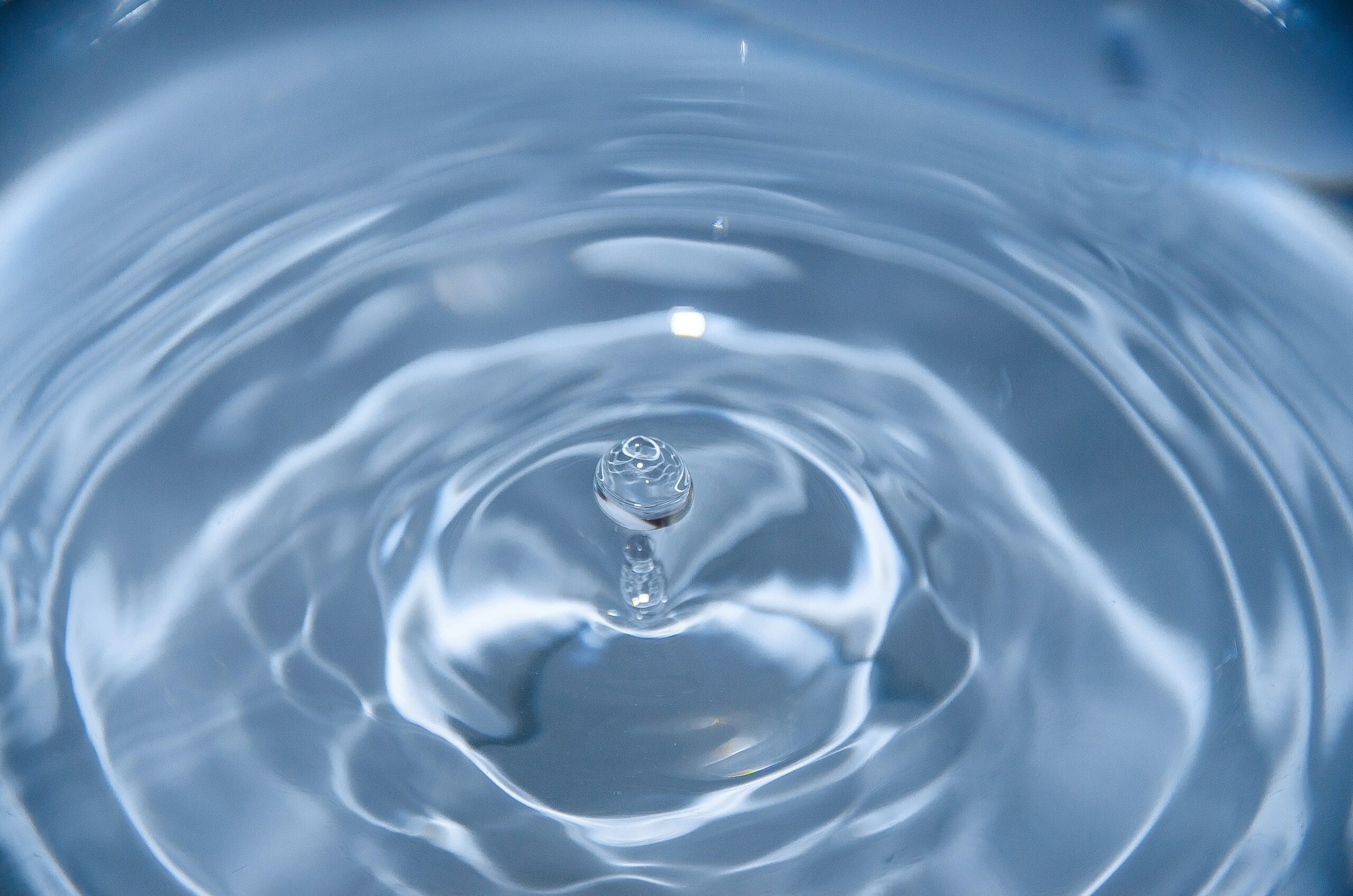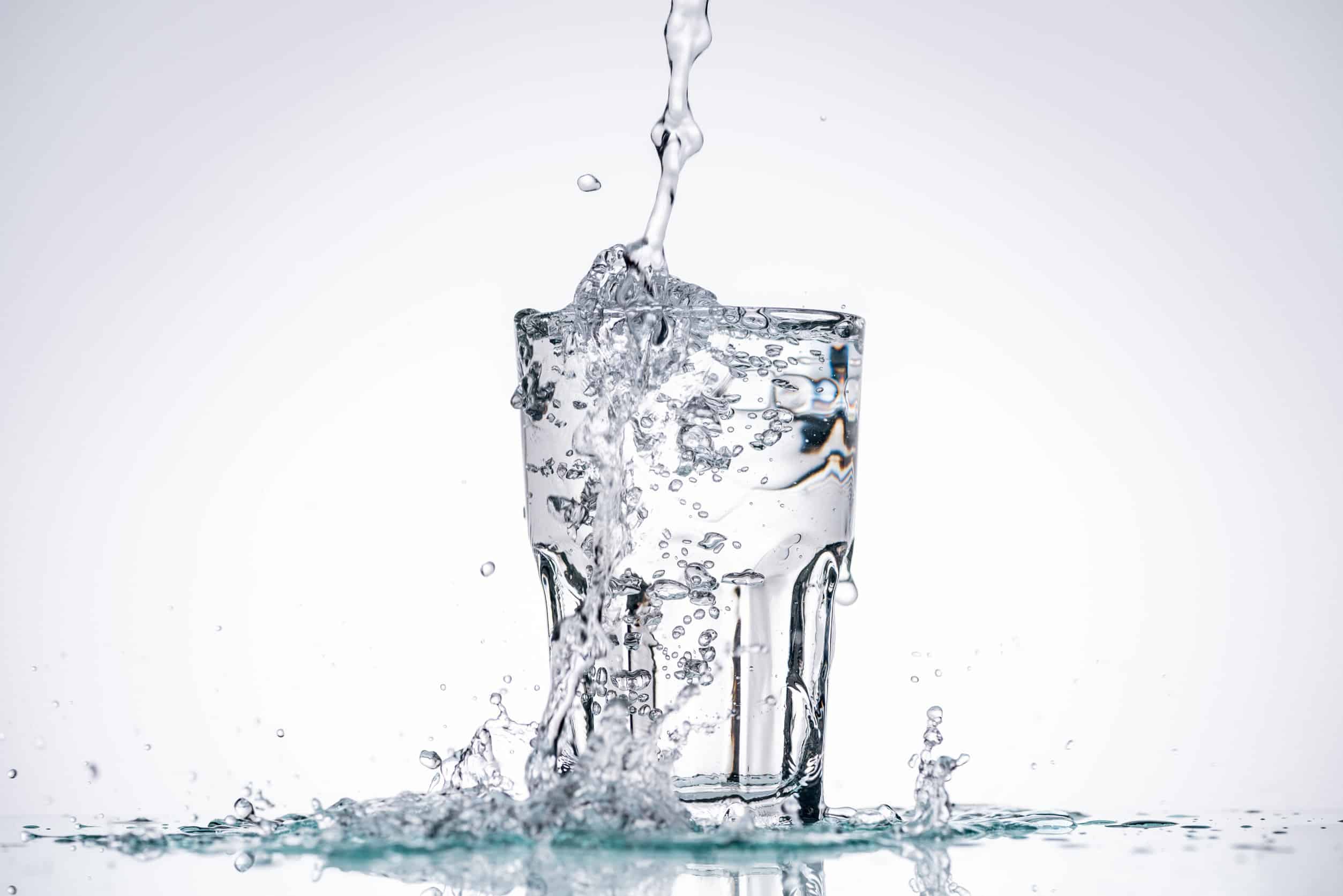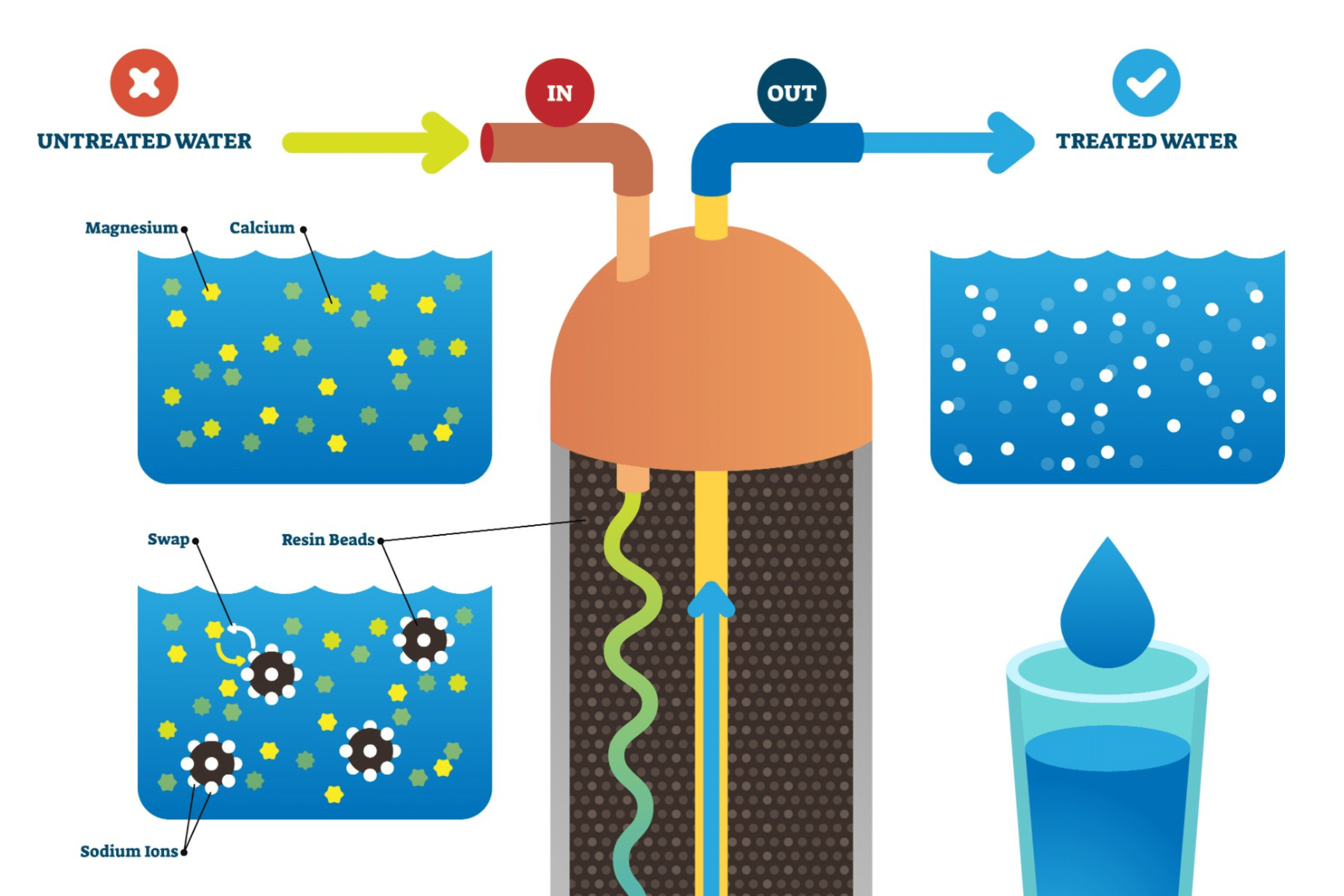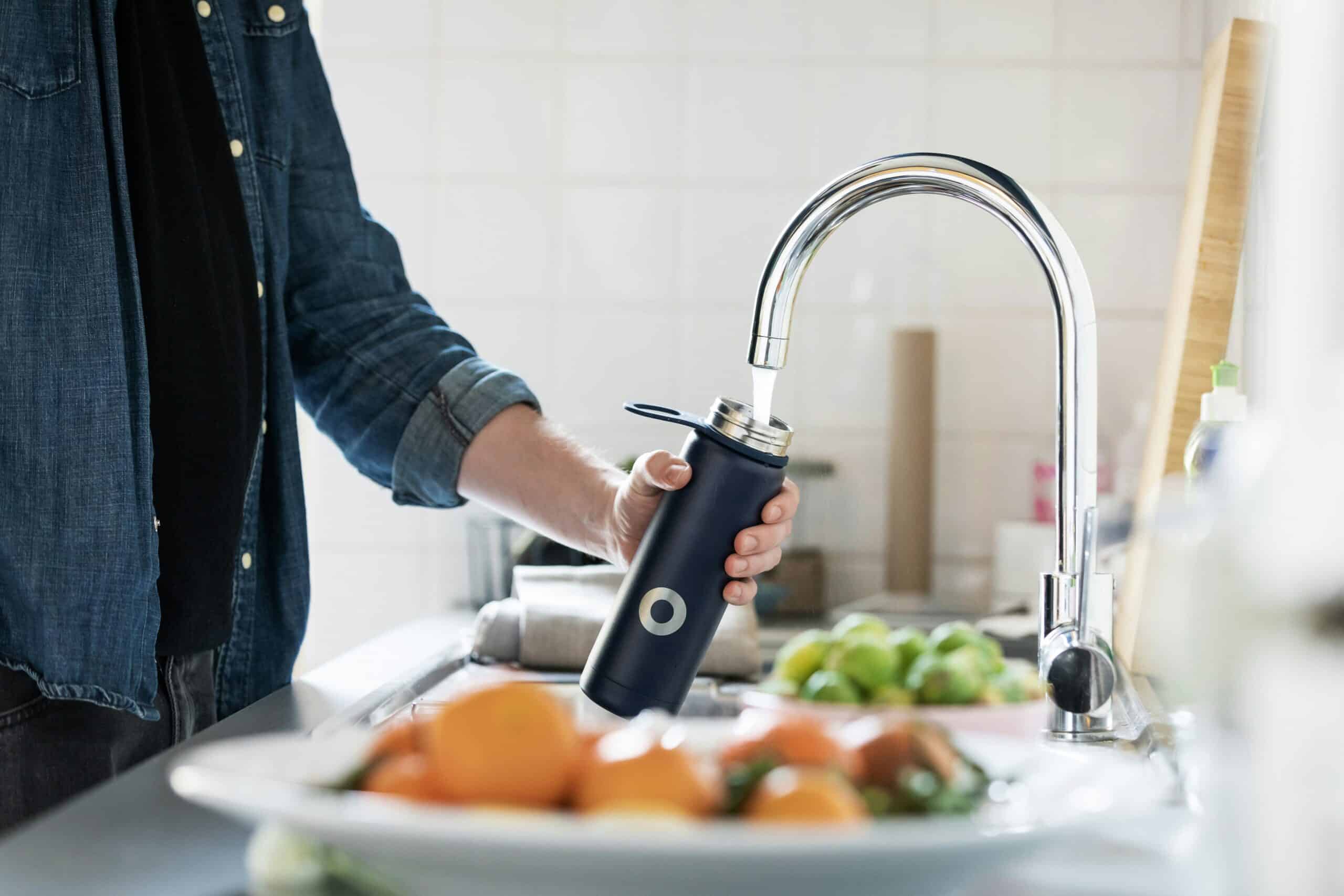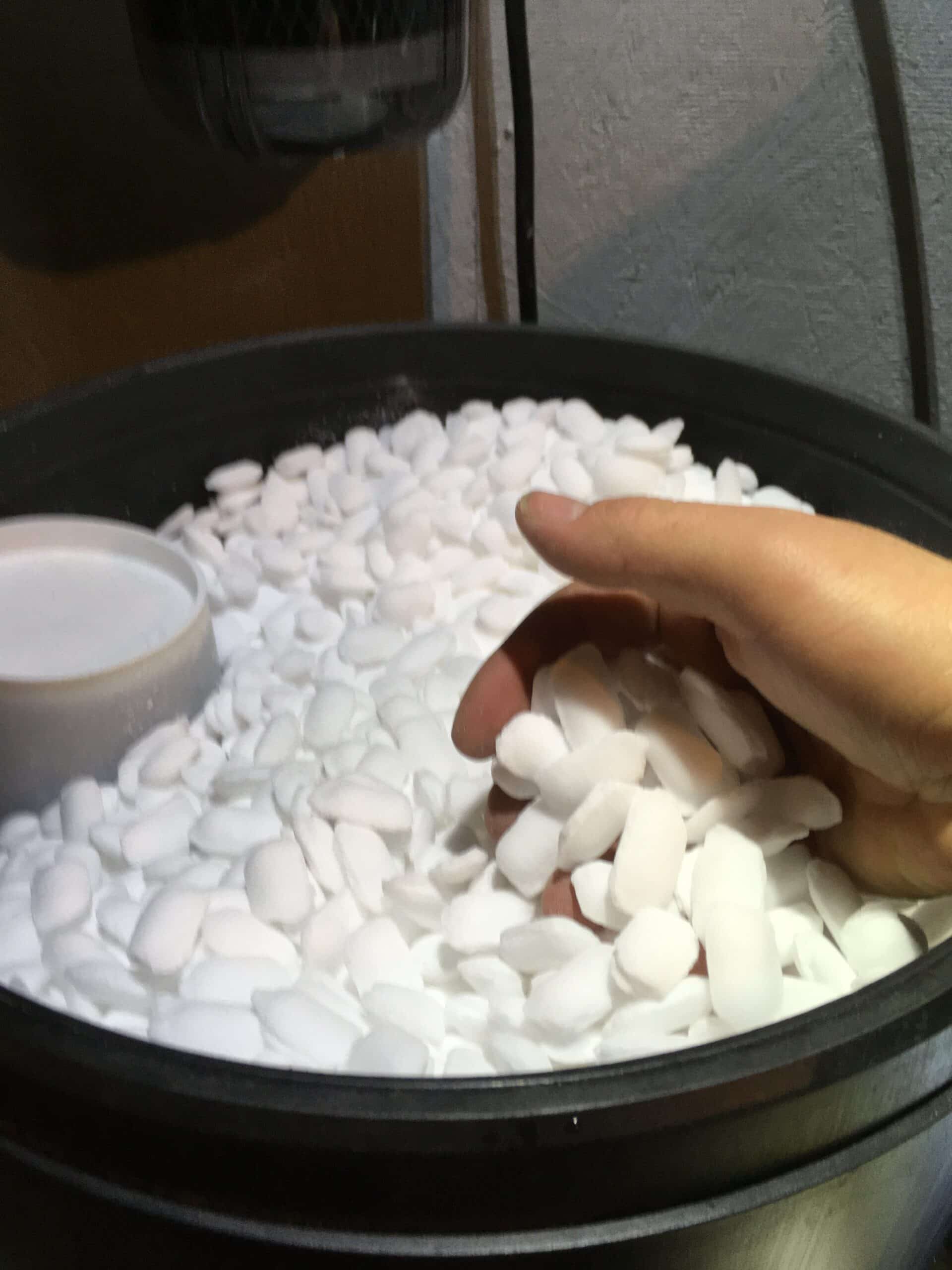A water softener is a common appliance for today’s homes and businesses. Whether the water softener is used as a part of a more complex water purification system for well water, or a stand-alone unit for conditioning the public water that enters the building, it’s essential to know a few pointers on how to maintain your water softener and keeping the system running in top condition.
Here are our top five tips to know about maintaining and operating your water softener.
Check your salt levels regularly
This is the most important thing you can do to maintain your water softener. Salt is used to regenerate the resin bed, which removes the hardness minerals from your water.
If your salt levels get too low, the brine solution will not be as concentrated as necessary, and the regeneration cycle will not be able to provide the softening capacity the unit is programmed for. In short, running low in salt too long or too often will allow water hardness to pass through the system, and could end up compromising the water softener’s useful life.
A good rule to remember is this: keep the salt level in the brine tank above the water level. But on some water softeners, the water level in the brine tank is hard to detect, because of the system programming or setup. On average, most water softeners utilize no more than 12 inches of water in the base of the brine tank. Take-home point: keep a minimum of 12 inches of salt in the bottom of the brine tank.
Use the right type of water softener salt
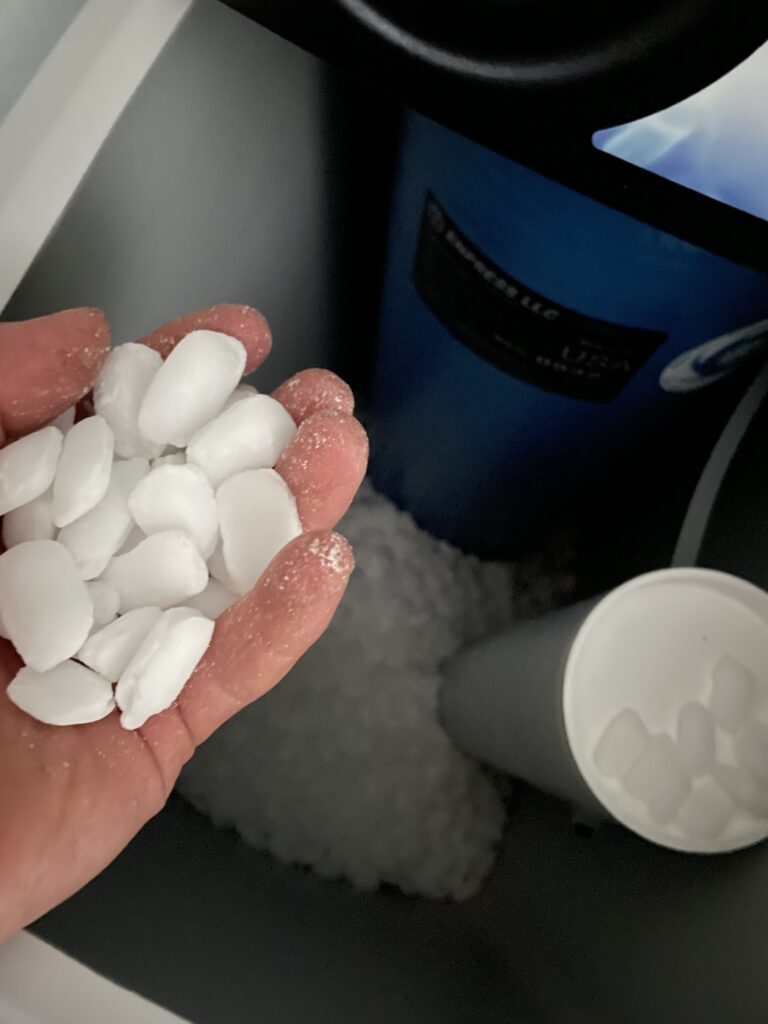
Salt is a critical factor in maintaining your water softener. Not all salts are created equal. Some salts, such as natural solar salt, are not as pure and can lead to residue buildup in the brine tank. Because of this, most brands of water softener manufacturers recommend using pelletized softener salt, which is a more purified form and aids in better cleaning of the softener.
However, there are some less common types of softeners that require only natural solar salt because of the type of resin in the softener. Utilizing the wrong kind of salt can permanently damage the resin and require expensive replacements.
For these reasons, it’s highly important to use the right type of salt for your water conditioning system. Ask the service professional who installed the unit, or if you installed it yourself, check with the user’s manual or the manufacturer.
For a more complete guide on the differences between water softener salts, read our blog about choosing the right salt for your water softener.
Look for and eliminate salt bridges
Eliminating salt bridges is another important step in maintaining a water softener. Salt bridges are hard formations that can form in the brine tank. It begins when moisture causes the salt pellets or crystals that have been sitting too long to bind together. Because the salt bridges, it no longer gravitates to the bottom of the brine tank as the salt below it is dissolved. Eventually, the system will be starved from a lack of brine water, even though, at face value, the brine tank still has salt in it.
Thankfully, salt bridging is a very basic problem that can usually be resolved by giving the brine tank a few good shakes. This usually breaks the bridging and allows the salt to settle again. If the bridging is too severe, a more aggressive method may be needed, such as pounding directly on the salt with a hammer and pick, or similar device. Another successful method is using a garden hose to fill the brine tank up to within inches of overflow. By submerging the salt in water, the bridged crystals dissolve and the salt becomes loose again.
A few quick points can keep salt bridging from happening as quickly:
- If the softener isn’t used much of the time, such as in a vacation home, only fill the brine tank partially. Add about two 40-pound bags at a time.
- Keep the humidity of the softener’s location from getting too high, by running a dehumidifier if necessary. (Softeners are often installed in basements, which can be very damp.)
- If bridging is constantly an issue, a smaller diameter brine tank may help. Check with your softener service provider.
Utilize the water softener bypass valve for irrigating, etc.
Most softeners are equipped with a system bypass valve to direct the water flow around the softener if desired. This is very helpful during necessary system service, or if there would be a system failure/leak, but it can be used for other scenarios.
If you want to irrigate your lawn, for example, it is recommended to use regular hard water, because using conditioned water is only going to waste salt and system capacity. If you don’t have a dedicated hard water faucet or hydrant for irrigating, putting the softener in bypass while irrigating is a good option.
The bypass valve is usually found on the back of the softener where the water enters and exits the unit. There may be direction labels on the bypass valve, instructing how to bypass the system. If all else fails, consult the user manual or ask your water conditioning professional.
Note that some systems like Kinetico softeners are sometimes installed without a bypass on the unit. If this is the case, the installer should have installed a bypass right in the plumbing.
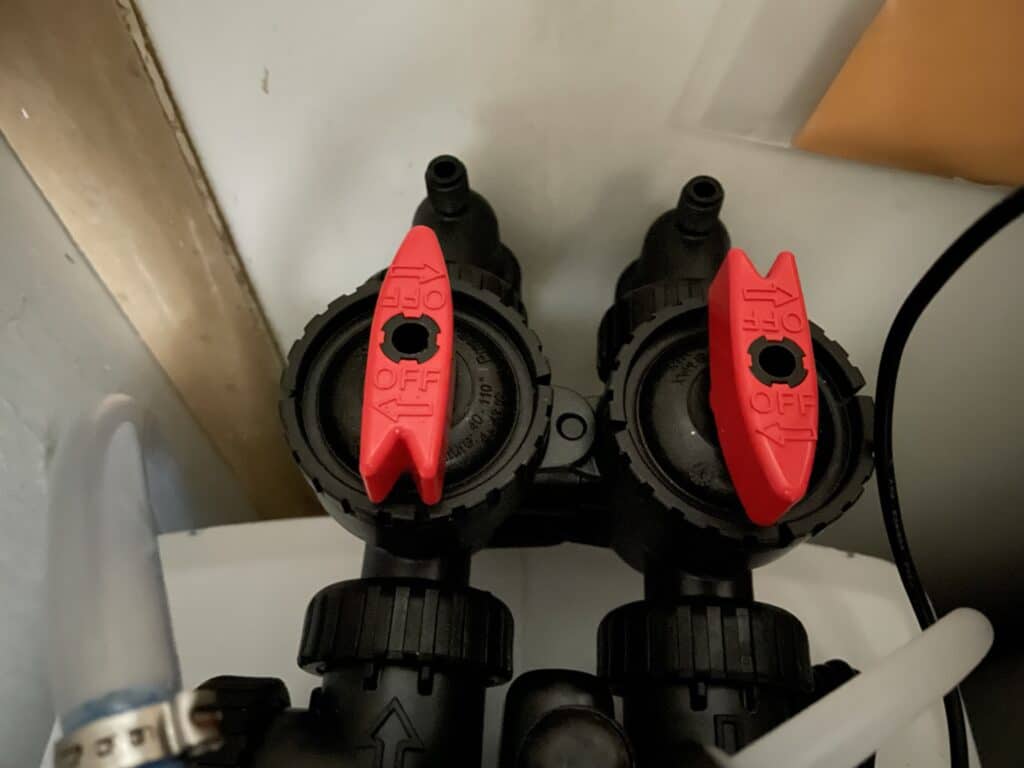
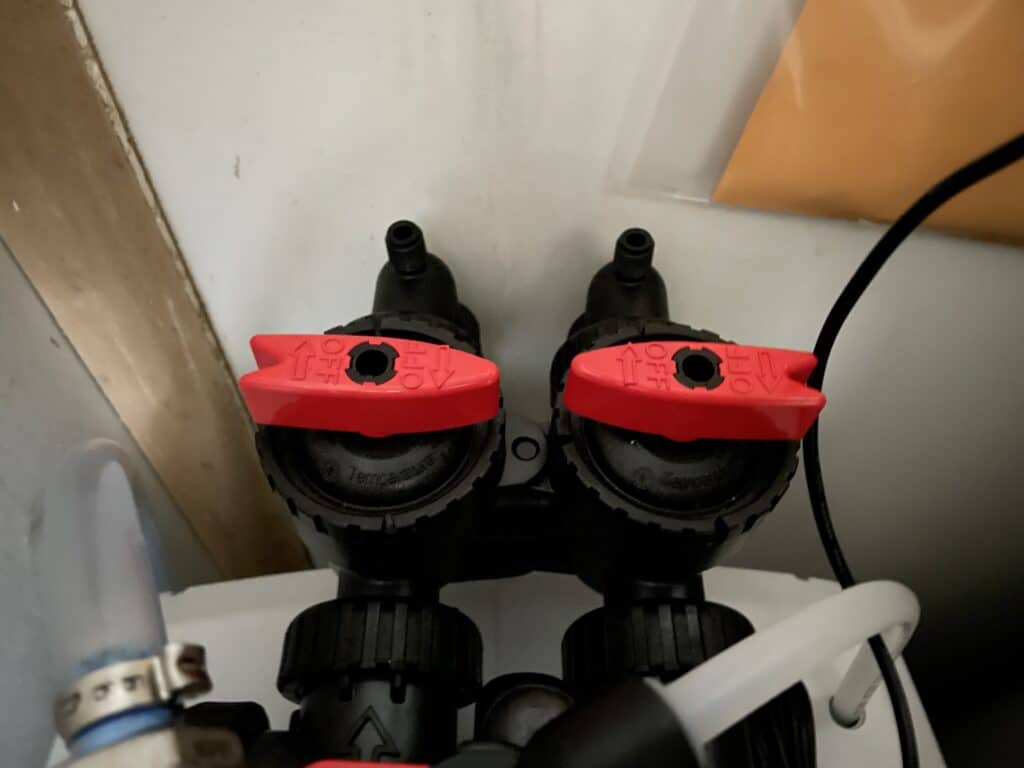
Learn to use the manual regeneration cycle of the water softener
Regeneration is another important step to maintain a water softener. Most water softeners or tank-based water filtration units have a manual regeneration function. If you forget to fill your water softener with salt, for example, you may not notice it until the water begins to get hard. What would be the next best steps now?
- Step 1 Replenish the salt in the brine tank as usual.
- Step 2 Wait five hours for the salt to dissolve in the water and form brine.
- Step 3 You could wait until the next regeneration is due (which could be a few days, depending on the system size), but since the water is already hard, you can get softened water sooner by regenerating the water softener manually.
- Step 4 If you have a twin-tank softener, wait about five hours after the first regeneration is complete and regenerate the second tank.
The manual regen feature varies on different softener types. Some have a knob to move, some have a screw to turn, and others have a button to hold. Since this is a fairly basic and common function, most user manuals should have instructions on how to perform a manual regeneration.
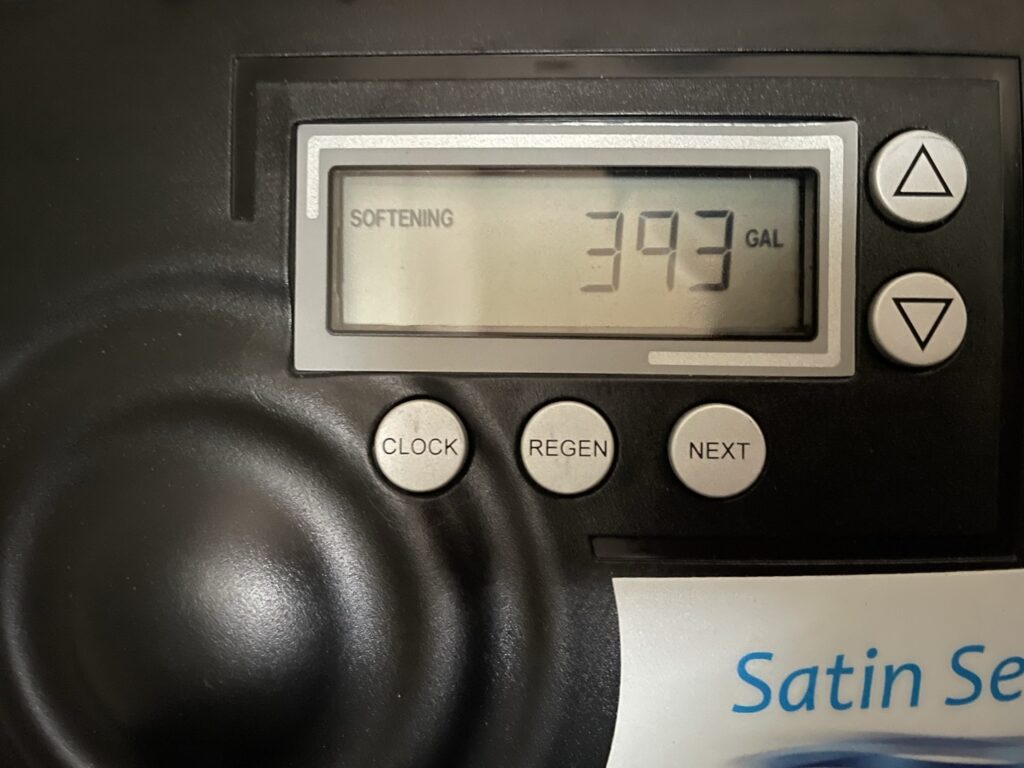
Conclusion
These are our top five tips to maintain your water softener. This is not a comprehensive list of all the functions of a softener, but these are frequently asked questions regarding softener units. As always, if you have a trusted water system specialist, they should be able to assist with any further advice needed.
At Aquanology, we offer service for most common types of water conditioning systems, including water softeners, water filters, and drinking water systems. Contact us today, and we’ll be happy to see if we can help.
